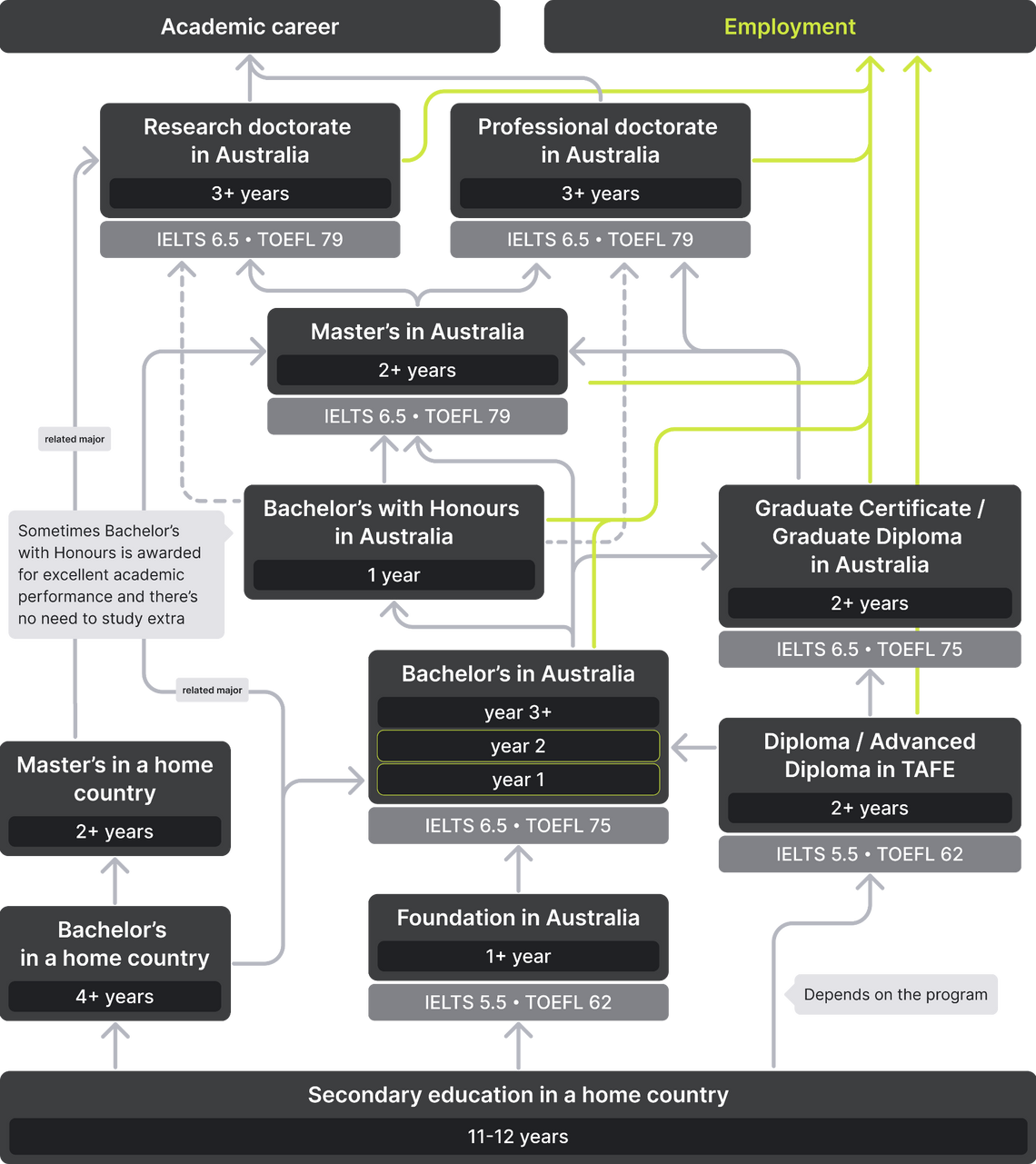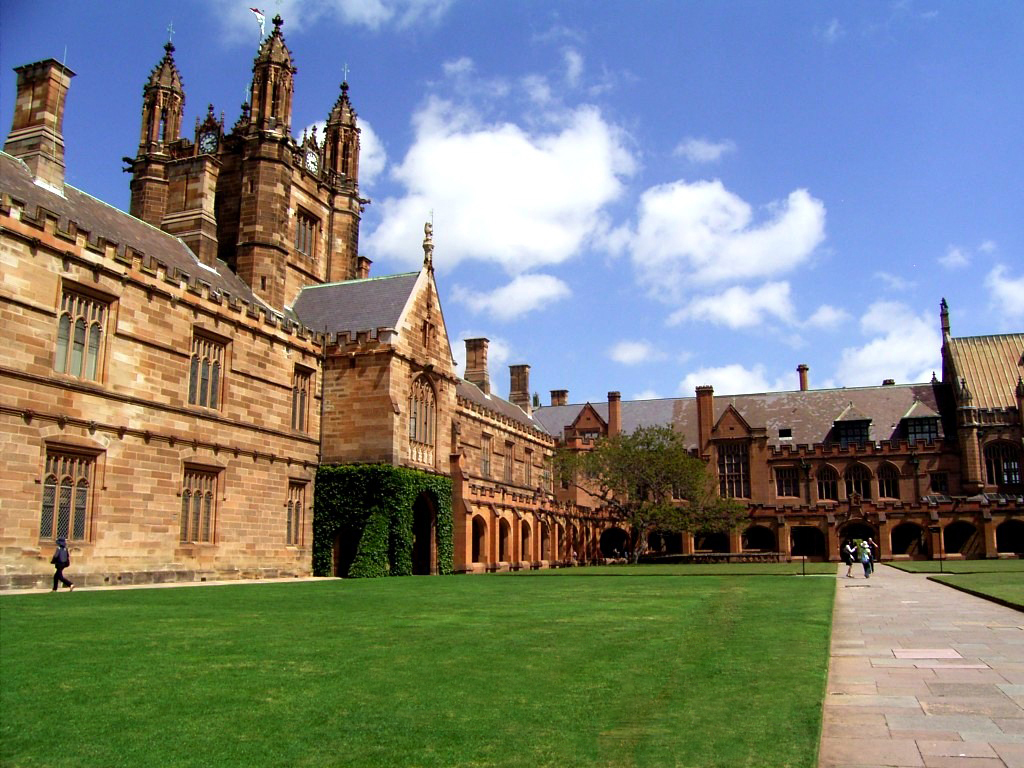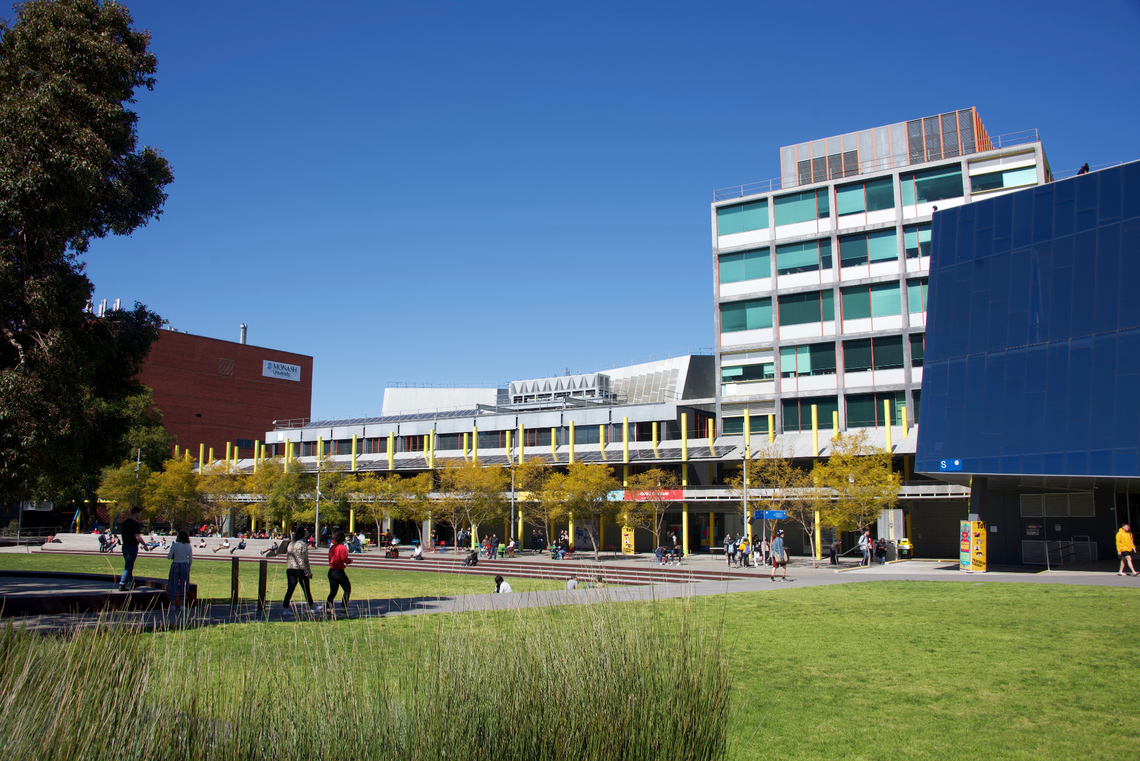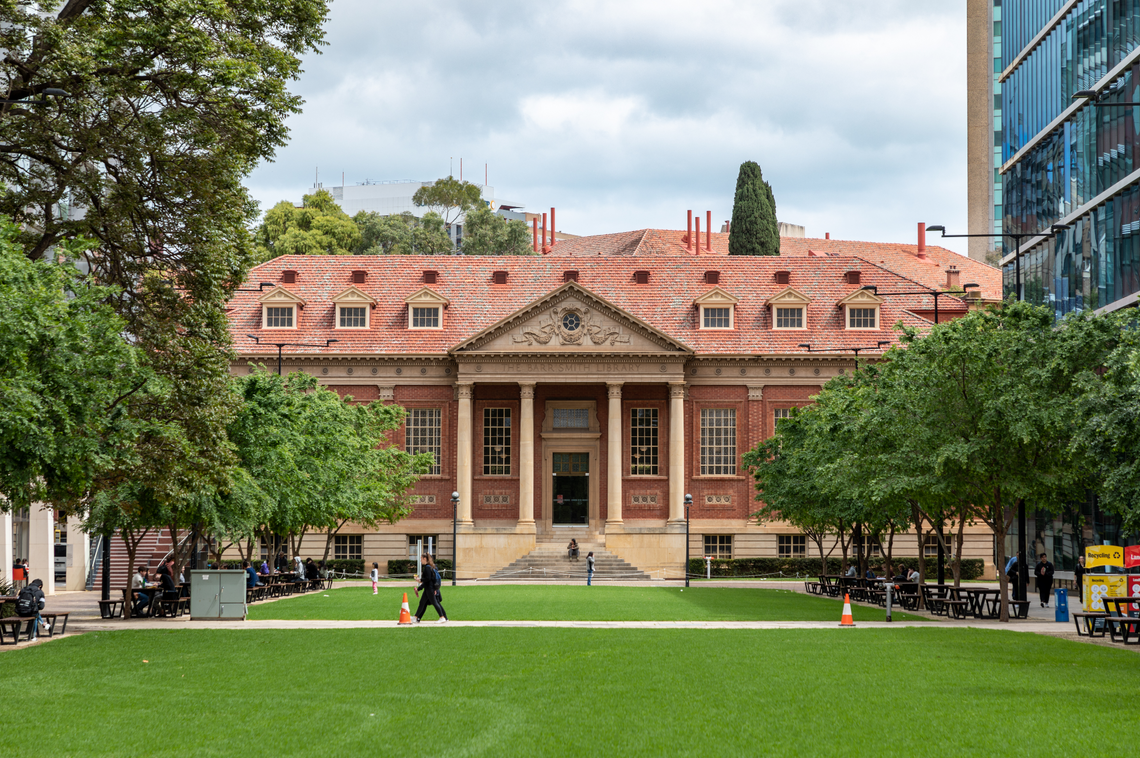Apply to a foreign university with confidence
- Properly fulfilled documents
- Perfect motivation letter
- Support from a personal mentor
- Offers from several universities
Article score: 4 out of 5 (2 reviews)
How to enter an Australian university after grade 11: preparatory programs, documents, cost and visa
Free consultation
Admission to Australia involves a straightforward yet lengthy process. The primary challenge stems from the variation in secondary education systems. In Australia, students undergo 12 years of schooling. Consequently, individuals applying after the 11th grade will typically need to undergo a Foundation program as a prerequisite. Fortunately, there's no need for document legalization — a certified translation by the school or university is sufficient.
Continue reading this article for comprehensive guidance on the application process in Australia.
| Program | Age | Duration | Min. cost/year | Avg. cost/year | Min. language level |
|---|---|---|---|---|---|
| Foundation | 16+ | 1-2 years | 12,689 USD/course | 19,034 USD/course | A2 |
| Bachelor's | 17+ | 3-5 years | 12,689 USD | 28,551 USD | B2 |
| Master's | 20+ | 1-2 years | 13,958 USD | 31,724 USD | C1 |
| Medical programs | 17+ | 5-7 years | 31,724 USD | 63,447 USD | C1 |
| MBA | 20+ | 1-2 years | 6,345 USD | 19,034 USD | C1 |
| PhD | 20+ | 3-6 years | 11,420 USD | 26,648 USD | C1 |
| Expense | Average cost |
|---|---|
| Registration fees | 79 USD |
| Visa | 393 USD |
| Student housing | 127-381 USD/week |
| Rental apartment | 952 USD/month |
| Public utilities | 131 USD/month |
| Internet | 49 USD/month |
| Insurance | 303 USD/year |
| Public transportation | 96 USD/month |

In Australia, you'll find 41 universities[1]. While it may not have as many options as China, with over 2000 universities, or the United States, with around 5000, choosing the right institution in Australia can still be a confusing process. When choosing an Australian university, several key criteria should be considered.
The list of the world's top 100 universities includes 9 from Australia[2]. According to the QS ranking, the University of Melbourne holds the first place in the country, followed by the University of New South Wales and the University of Sydney[2].
THE ranking places the University of Melbourne in the first position nationwide, followed by the Monash University and the University of Queensland coming in third[3].
Subject-specific rankings are also worthy of attention. For example:
In Australia, students cannot directly enter universities after the 11th grade. Instead, they have two options: either complete a year of bachelor’s studies in their home country or enroll in a Foundation program. Graduates of these preparatory courses enjoy a significant advantage, as they often do not need to take language exams. It doesn't matter whether they completed the preparatory program at their intended university, another institution, or a language school.
Nevertheless, it's highly advisable to choose a preparatory program at the university where you plan to pursue your bachelor's degree. This ensures a smoother admission process without the need for language exams, allowing you to familiarize yourself with the university and its faculty.
Studying in Australia is often associated with higher expenses, ranking it among the more costly educational destinations alongside the United States and Great Britain. But despite this, there are opportunities to find budget-friendly universities and financing options.
For instance, the University of the Sunshine Coast offers bachelor's programs at a cost of 15,862 USD per year[8], considerably lower than the average annual tuition of 28,551 USD for similar programs in the country.
Additionally, Australia's Colleges of Technology, known as TAFE, offer bachelor’s programs[9]. If traditional research universities are financially out of reach for you, and your primary focus is on securing employment, these institutions offer a viable alternative. The annual tuition fees for TAFE programs range from 13000 to 14,593 USD per year.
Australia is divided into six states and three mainland territories, each offering distinct climates. The southern territories are characterized by hot and arid desert conditions, while the northern states enjoy milder climates. Regardless of location, sun protection is essential — the sun shines nearly year-round.
When considering a university, take into account its setting — whether it's in a bustling city or a quiet suburb. Studying in major cities like Sydney, Canberra, or Brisbane can be more vibrant and exciting, but it often comes at a higher cost. The average monthly cost of living in these areas is around 952 USD[10]. In contrast, cities like Adelaide, Perth, Melbourne, and Wollongong offer a more budget-friendly option, with living expenses averaging around 825 USD per month[11].
Items 1-6 of 298
Advanced search
Enrolling in an Australian university after completing 11 years of schooling is not possible. Applicants have several options to compensate for the academic difference:
To gain admission, you will need a high school diploma along with a transcript of your grades. If you pursued bachelor’s studies in your home country, you must also provide a transcript of those grades.
While most universities do not specify a GPA requirement, aiming for a score of 6.0 out of 7 can enhance your admission prospects.
Additionally, you must demonstrate English language proficiency by passing an exam. Minimum score requirements vary by university, but are typically set at IELTS 6.0-6.5.
Documents can be submitted directly to the university via regular mail, electronic submission, or through the university's official website.
Some Australian educational institutions, such as the University of Adelaide, cooperate with international educational agencies. In some cases, you might be asked to submit documents through these agencies, which can provide assistance with the admission and visa application process.
Australia does not require the legalization or formal recognition of educational documents. Documents that are not in English simply need to be translated and certified by a notary / issuing educational institution.
In cases where you submit your documents through official university representatives abroad, the university may request additional certification of the translation with the agency's seal.
After completing the 11th grade of school, you have the option to enroll in a Foundation program. These programs are offered by major universities across the country, as well as private language schools.
To qualify for preparatory courses, you'll typically need a high school diploma and proof of English proficiency at IELTS 5.5 / TOEFL 62. For those who require additional language support, supplementary language courses may be available as part of the Foundation program.
Foundation programs include English language instruction, specialized subjects related to your future field of study, and the development of essential academic skills including critical thinking, academic writing, note-taking, presentation skills, and project defense.
After successfully completing the program, students may either be automatically enrolled in a bachelor's program or exempted from language exams during university admission.
It's advisable to explore preparatory programs on the website of the specific university where you intend to enroll, increasing your chances of seamless progression to your desired institution after completing the Foundation. However, many universities also accept preparatory course certificates from other educational institutions within the country.
For a complete list of available programs, you can refer to the website of the Australian Department of Education.
In Australia, admission to a university is possible after completing 12 years of school. If you studied only for 11 years, you'll need to make up for the missing year by completing one year of bachelor's studies in your home country, enrolling in a preparatory program at an Australian university, or attending a college.
For detailed information on other admission requirements, including necessary documents, scores, and language certificates, please refer to the university website.

Enrolling in an Australian master's program is possible after completing a bachelor's program at any university, provided that the field of study is either the same or related.
English language proficiency requirements for master's programs are higher than those for bachelor's programs — IELTS 6.5 / TOEFL 80.
Australia offers three types of master's programs:
For the first two types, the requirements are generally similar. The key distinction is that traditional master's programs require a bachelor's degree in the same or a related discipline, while change of direction programs are more flexible in terms of academic background.
Professional master's degrees might additionally require relevant work experience, along with GRE / GMAT scores.
When applying, you should submit your documents directly to the university via email or through their official website.
Additional requirements may include:
For professional master's programs and MBA programs:
All documents must be translated into English and notarized, which can often be done by the university that issued the diploma.
PhD programs in Australia require candidates to have completed a master's degree in a related or the same field of study.
The first step in the application process involves finding a prospective supervisor within the faculty of your chosen program. Your chosen supervisor should share your academic interests and possess a track record of research and publications in the same or related field.
To initiate this process, you should contact the potential supervisor via email and provide a brief description of your research interests. You can also attach a detailed research proposal if you have one prepared. The supervisor must agree to oversee your research, and this consent should be included with the rest of your admission documents.
In some cases, you may be required to participate in an interview with the admissions committee. This interview typically covers topics such as your academic background, future academic plans, and the proposed research topic.
Australia offers what is known as a professional doctorate, which focuses on the practical application of research and tends to have a more applied nature. To enroll in such programs, candidates generally need 5-7 years of relevant work experience.
Additionally for professional doctorate programs:

TAFE is a vocational and technical education institution in Australia, offering programs in social services, hospitality, information technology, business, beauty and health, design, and tourism.
These programs lead to Certificates, Diplomas, and Advanced Diplomas, with durations ranging from 6 months to 2.5 years. For those with 11 years of schooling, an Australian college can be an alternative to preparatory courses or a year of bachelor’s studies in their home country.
After completing TAFE, students can either enter the workforce immediately or continue their education at a university. Many universities recognize TAFE credits and may reduce the duration of the university program accordingly. Some vocational colleges, like TAFE NSW, offer Pathway programs that lead to direct admission to partner universities without entrance exams[13], including the University of Technology Sydney and the University of Wollongong.
Requirements:
Australia offers various scholarships that can partially or fully cover the cost of studying in the country and other associated expenses.
These scholarships are provided by the Australian government, universities, and private organizations.
The Destination Australia Program (DAP) is the Australian government's main scholarship program for domestic and international students. The grant is issued to students of bachelor's, master's, and PhD programs at Australian universities. The DAP provides a scholarship amount of 9,517 USD per year and is awarded to first-year students. A total of 1000 grants are distributed annually.
Australia also offers the Australian Government Research Training Program (RTP) scholarship, which is specifically designed for students pursuing research doctorate and research master's degrees. Financing includes:
Depending on the candidate's achievements, they may receive one or more components of the scholarship.
Applications for RTP scholarships should be submitted directly to the chosen university, as universities manage the distribution of funding.
RTP scholarships for international students have a quota of 10%. You can find detailed information on the Australian government's official website.
Universities in Australia provide a range of scholarships to talented applicants and students, primarily based on their academic achievements.
These scholarships typically cover 25-50% of the educational expenses.
Some university scholarships do not require a separate application. All eligible applicants are automatically considered for these awards. For instance, Monash University offers a scholarship for female IT students.
For other scholarships, applicants must collect the required documents, validate their achievements, and submit an application to the scholarship committee.
To discover suitable scholarships and grants, you can check the list of available programs on the Australian Government source of information or visit university websites.
To study in Australia for more than three months, you will need a student visa subclass 500.
A key prerequisite is that your chosen educational institution must be registered on the CRICOS list, which includes all government-accredited Australian educational institutions.
Submit your visa application promptly after receiving an acceptance letter from the university — at least 6 weeks before the start of your studies. Visa processing times typically range from 2.5 to 4 months, and the cost is 393 USD.
Required documents:
Details of all requirements can be found on the Australian government's official website.
60+ countries
we work with
$1,000,000 saved
by students through scholarships
6,400 offers
our students got